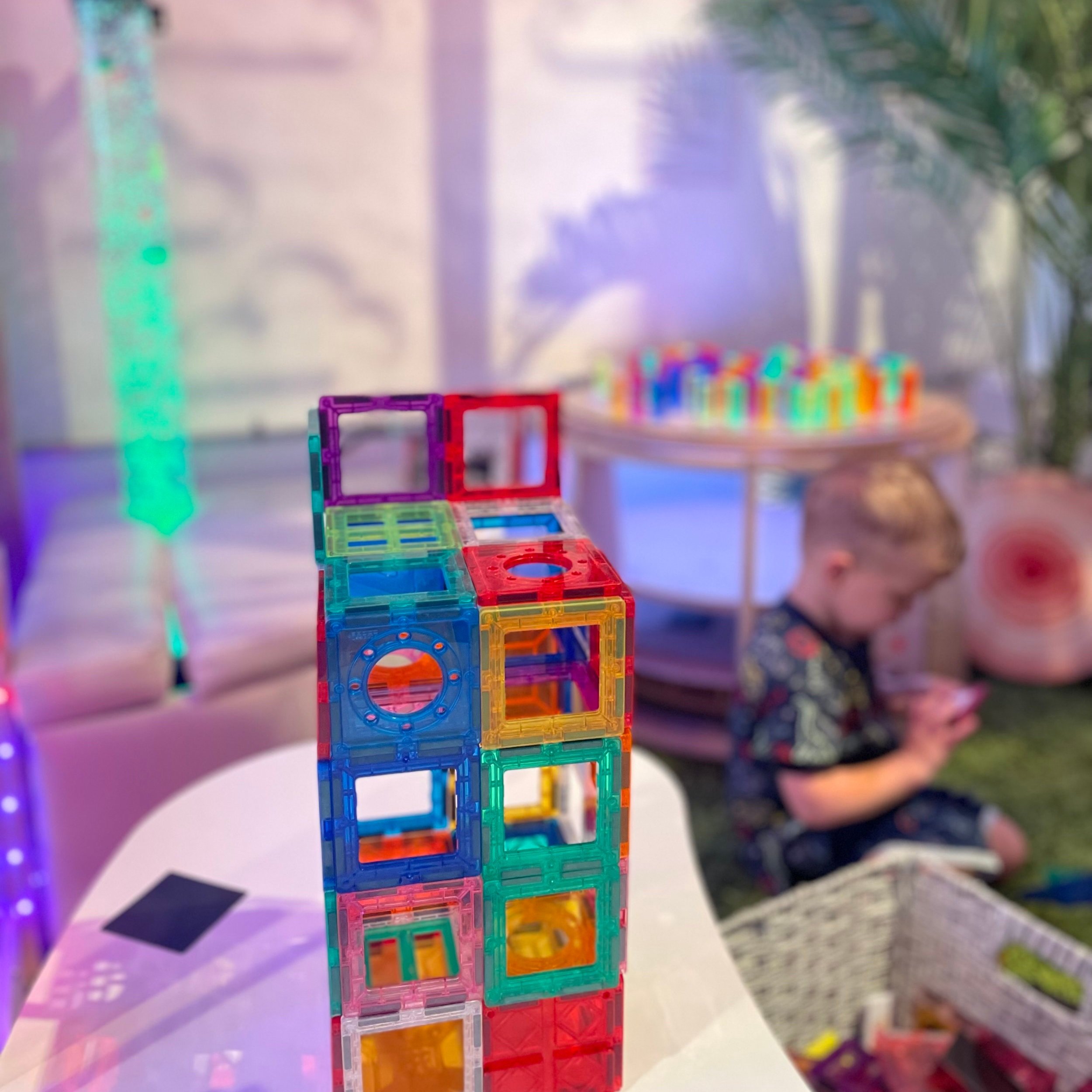The Importance of Play Part 2: How Play Fosters Creativity
Unstructured play lets your little ones get their creative juices flowing.
“Almost all creativity involves purposeful play.”
- Abraham Maslow
Creativity is an essential skill in our changing world. Children need creativity just to succeed in school—just think of all the projects our little ones are assigned from kindergarten on up! How would they manage to tackle those assignments without creativity?
But creativity isn’t just the purview of the school-aged child. People need creativity when they get into the job market, regardless of what type of work they get into. People who demonstrate creative problem-solving skills often get raises and promotions.
Some people believe that creativity is innate; either you have it or you don’t. Not true! Instead, think of creativity like a muscle. Some of us have developed that muscle, and others just need help training it. For children, developing that creativity muscle is all about offering opportunities for creative play experiences.
“Play offers children an opportunity to achieve mastery of their environment. They control the experience through their imaginations, and they exercise their powers of choice and decision-making as the play progresses. Play helps develop each child’s unique perspective and individual style of creative expression.”
Creative play can look like a big messy art project with lots of paints and colors, but it doesn’t have to! It can also be imaginative role-playing (with or without costumes.) Creative play can also involve using toys in new and different ways, building blocks—anything having to do with the imagination. What’s important about creative play is that children are trying out new ideas and experimenting with their play environment.
Offering children unstructured play time is one of the best things you can do for them as a caregiver or teacher. It gives kids the necessary time to really get into the business of playing. This is where the magic of creative play really starts to happen–where the building blocks become the Yellow Brick Road and also–somehow–a car wash, and the kids develop a complicated dramatic story about how all of this came to pass. Let it happen. It’s good for their developing brains, we promise.


